Regulatory Changes
Regulatory changes are influencing the travel retail market, particularly concerning duty-free shopping regulations. Recent adjustments in tax policies and import duties can impact pricing strategies for retailers. For instance, changes in tariffs on imported goods may lead to fluctuations in product pricing, affecting consumer purchasing decisions. Additionally, the introduction of new regulations regarding product labeling and safety standards could necessitate adjustments in inventory management for retailers. As the travel retail market adapts to these regulatory changes, retailers must remain agile to maintain compliance while also meeting consumer expectations. This dynamic environment may present both challenges and opportunities for growth in the travel retail market.
Technological Advancements
Technological advancements are playing a pivotal role in shaping the travel retail market. The integration of mobile technology and e-commerce platforms is transforming how consumers engage with retail offerings. For instance, the use of mobile apps for pre-ordering products has gained traction, allowing travelers to bypass long queues and enhance their shopping experience. Furthermore, data analytics is being utilized to understand consumer behavior better, enabling retailers to tailor their marketing strategies effectively. In 2025, it is estimated that around 40% of travel retail sales will be influenced by digital channels, highlighting the importance of technology in driving growth. Retailers that embrace these innovations are likely to gain a competitive edge in the travel retail market.
Increased Air Travel Demand
The travel retail market is benefiting from a resurgence in air travel demand, which is expected to continue its upward trajectory. As more individuals take to the skies for leisure and business purposes, the foot traffic in airports is increasing significantly. Recent statistics indicate that air passenger numbers in the US are projected to reach 1 billion by 2026, creating a larger customer base for travel retail. This surge in travelers presents an opportunity for retailers to capitalize on impulse purchases, particularly in duty-free shops. The increased demand for air travel is likely to drive sales in the travel retail market, as consumers are more inclined to shop while waiting for their flights.
Focus on Health and Wellness
The travel retail market is increasingly aligning with the growing consumer focus on health and wellness. Travelers are becoming more health-conscious, seeking products that promote well-being, such as organic snacks, natural beauty products, and wellness supplements. This trend is reflected in the expansion of health-oriented product lines within travel retail outlets. According to Market Research Future, sales of health and wellness products in travel retail are expected to grow by 25% over the next five years. Retailers are responding by curating selections that cater to this demand, enhancing the shopping experience for health-conscious travelers. As this trend continues to evolve, the travel retail market is likely to see a significant shift in product offerings.
Evolving Consumer Preferences
The travel retail market is currently experiencing a shift in consumer preferences, particularly among younger demographics. Millennials and Gen Z travelers are increasingly seeking unique and personalized shopping experiences. This trend is reflected in the growing demand for niche brands and artisanal products, which are perceived as more authentic. According to recent data, approximately 60% of travelers express a preference for shopping at stores that offer local or exclusive products. This evolving consumer behavior is prompting retailers to adapt their offerings, focusing on curated selections that resonate with the values of modern travelers. As a result, the travel retail market is likely to see a rise in collaborations with local artisans and brands, enhancing the overall shopping experience and driving sales growth.



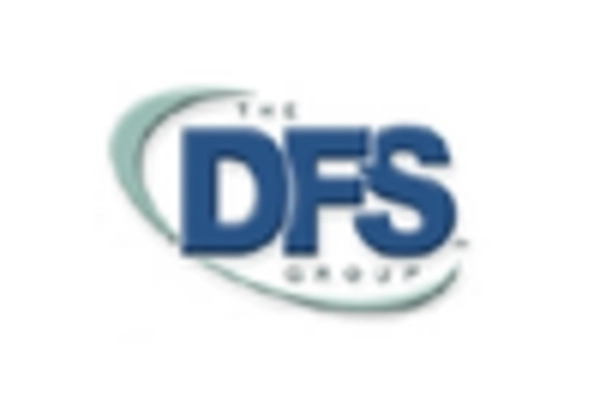
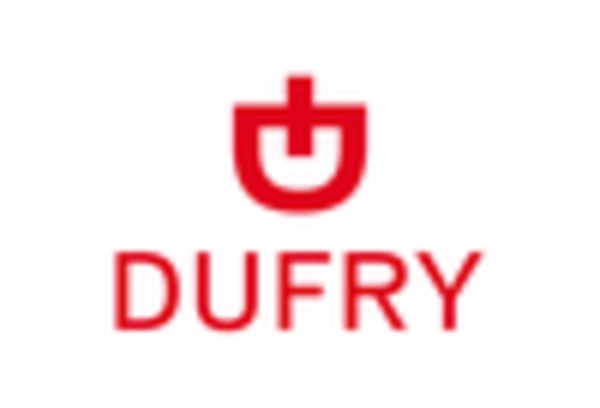
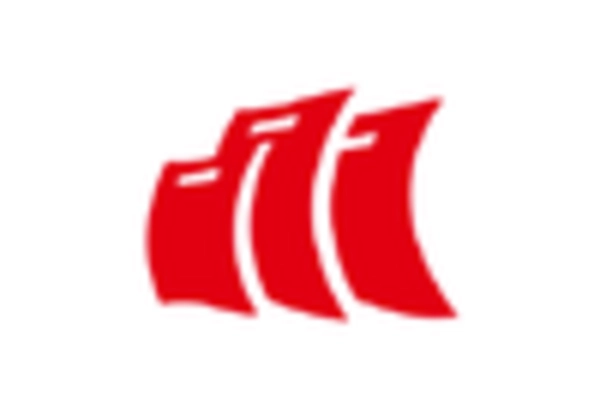
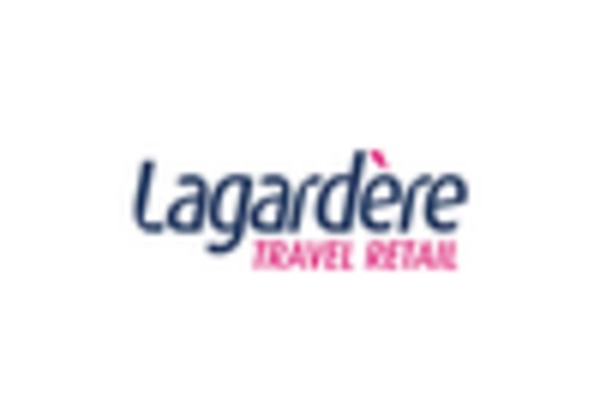

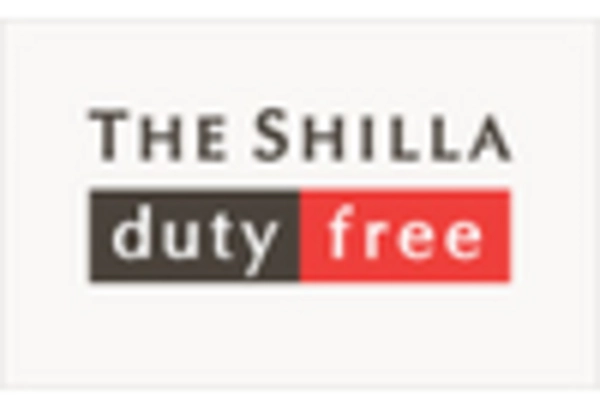








Leave a Comment